
|
|
|
| synonym |
|
| description |
Typically an amber yellow color with a white to cream colored crown (top of the head) and an orange transverse band between the eyes. The eyes themselves have a white longitudinal line flanked with black through them. The face is pale overall, being cream to light brown with several somewhat faint brown lines near the crown margin. The pronotum is largely a uniform amber yellow to orange and the scutellum is yellowish-orange overall. The forewings, in coparison to other Scaphoideus, appear as a mostly uniform color with few pale or dark wing cell. The wings have the anterior three-fourths an amber yellow color while the latter fourth has some white translucent cells. Wing venation is brown, darker near the tips. The legs are yellowish-white and the underside of the body is a pale yellowish-brown color. The female pre-genital sternite is pale yellowish-brown with a posterior dark medial area on the outer margin; there is a deep notch in the middle, with concave margins on either side of the notch and the lateral margins straight. Male plates are yellow to orange. Adult males are 5.0-6.0 mm long while females are 5.1-5.7 mm. (Barnett 1976)
For more images of several spinned specimens, see: BOLD. |
| distribution |
Throughout eastern and central United States (Barnett 1976). |
| abundance |
Uncommon, recorded from multiple counties in the Piedmont; possibly under collected and more abundant in the right habitat. |
| seasonal_occurrence | |
| habitat |
Probably mixed hardwood forest and similar habitats. |
| plant associates |
Cottonwood, ragweed, mustard, marvel pea, Dipsacus, Ulmus americana, Fagus, European elm, ash, Ulmus alata, Tillia americana, etc. (Barnett 1976) |
| behavior |
Can be attracted at night with a light. |
| comments |
|
status |
[Native:]
[Introduced:]
[Extirpated:] | | list_type |
[Official:]
[Provisional:] |
| adult_id | Unmistakable and widely known Identifiable from good quality photos of unworn specimens
Identifiable from photos showing undersides, or other specialized views [e.g., legs, face]
Identifiable only by close inspection of structural features or by DNA analysis NULL |
| nymph_id | Unmistakable and widely known Identifiable from good quality photos, especially where associated with known host plants
Identifiable from close inspection of specimens or by DNA analysis
Identifiable only through rearing to adulthood NULL |
| G_rank |
|
| S_rank |
|
| rank_comments |
|
| tribe |
Scaphoideini |
| subgenus |
Scaphoideus |
Species Photo Gallery for Scaphoideus atlantus No Common Name |
 | Photo by: Paul Scharf
Warren Co.
Comment: Attracted to Light | 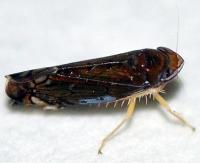 | Photo by: Paul Scharf
Warren Co.
Comment: Attracted to Light |
 | Photo by: Kyle Kittelberger
Out Of State Co.
Comment: NCSU specimen; female |  | Photo by: Kyle Kittelberger
Out Of State Co.
Comment: NCSU specimen; female |
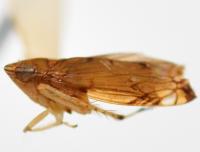 | Photo by: Kyle Kittelberger
Out Of State Co.
Comment: NCSU specimen; female |  | Photo by: Kyle Kittelberger
Out Of State Co.
Comment: NCSU specimen; female |
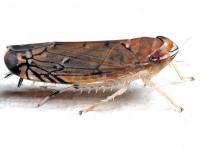 | Photo by: Ken Childs
Out Of State Co.
Comment: | 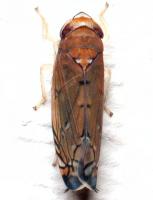 | Photo by: Ken Childs
Out Of State Co.
Comment: |
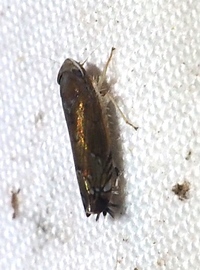 | Photo by: Randy Emmitt
Orange Co.
Comment: UV light, hope I got the ID correct? | 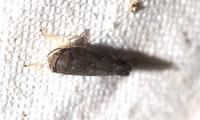 | Photo by: Randy Emmitt
Orange Co.
Comment: UV light, hope I got the ID correct? |
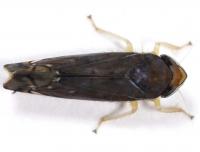 | Photo by: Rob Van Epps
Mecklenburg Co.
Comment: Attracted to UV light. Suburban yard near woods. |  | Photo by: Rob Van Epps
Mecklenburg Co.
Comment: Attracted to UV light. Suburban yard near woods. |
 | Photo by: Scott Bolick
Davie Co.
Comment: | 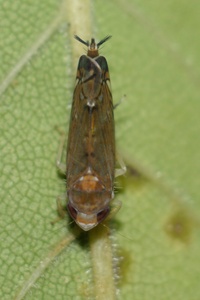 | Photo by: Scott Bolick
Davie Co.
Comment: |
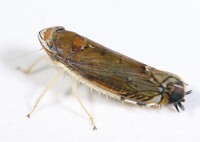 | Photo by: Rob Van Epps
Mecklenburg Co.
Comment: | 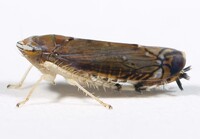 | Photo by: Rob Van Epps
Mecklenburg Co.
Comment: |
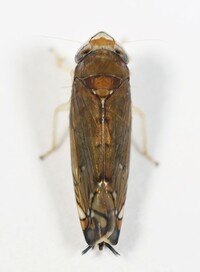 | Photo by: Rob Van Epps
Mecklenburg Co.
Comment: |

 »
»


